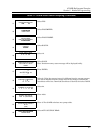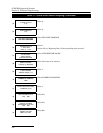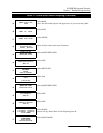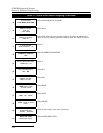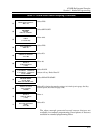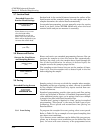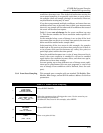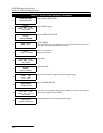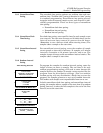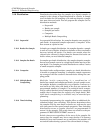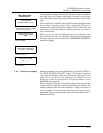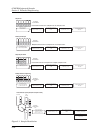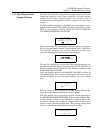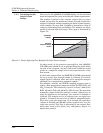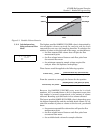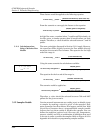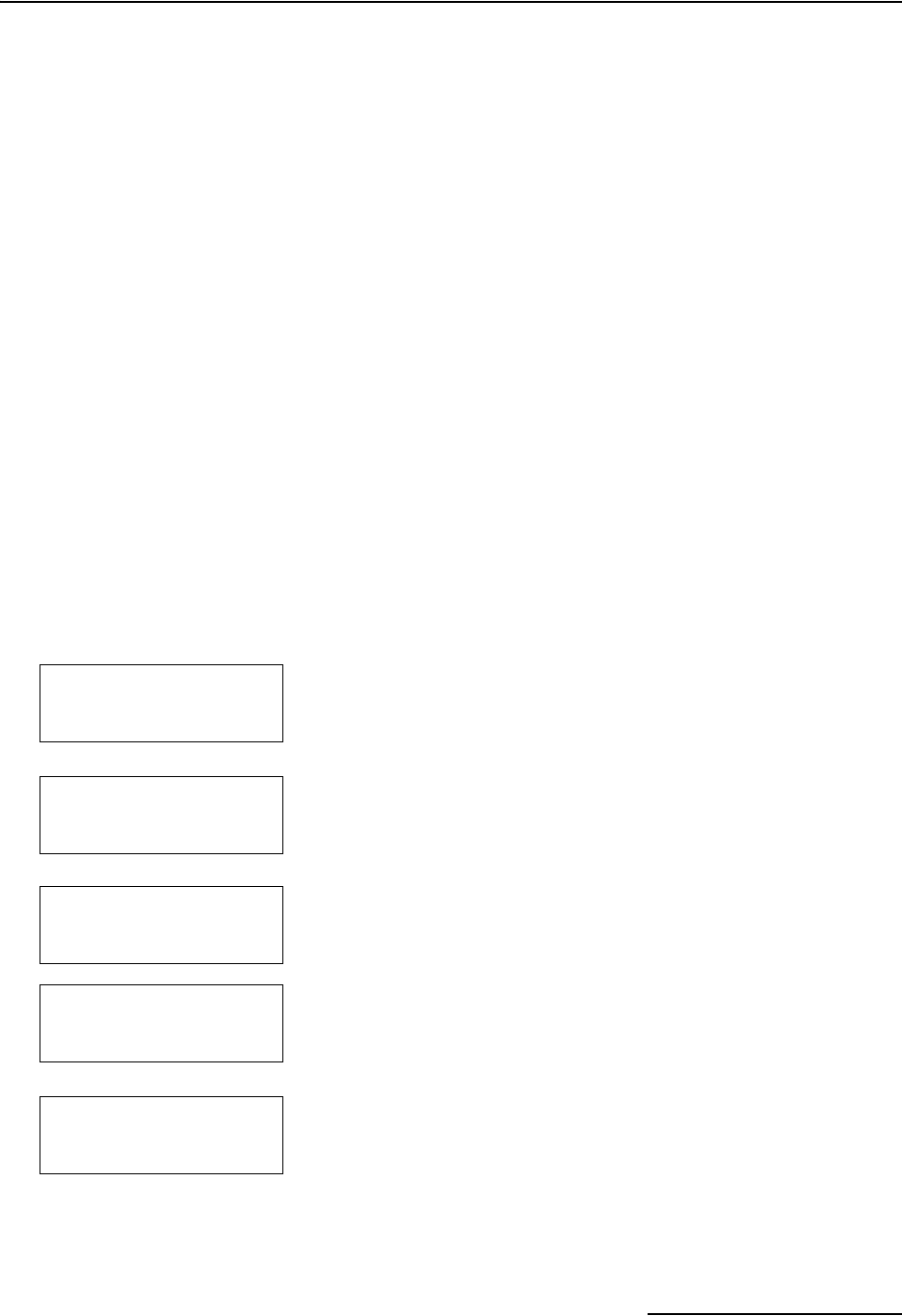
6712FR Refrigerated Sampler
Section 5 Extended Programming
5-15
5.9.3 Nonuniform Time
Pacing
The extended time pacing options are uniform time and non-
uniform time. “Uniform time” pacing is identical to “time” pacing
in standard programming. Nonuniform time pacing uses an
irregular interval between sample events; each interval is indi-
vidually programmable. There are three types of nonuniform
time pacing:
• Nonuniform clock time pacing.
• Nonuniform interval pacing.
• Random interval pacing.
5.9.4 Nonuniform Clock
Time Pacing
For clock time pacing, enter specific times for each sample event
(see screen 2). You can enter as many as 99 clock times, but the
interval between times cannot be greater than 24 hours.
(Remember to use a 24-hour clock when entering times.) The
sampler takes a sample at the start time.
5.9.5 Nonuniform Interval
Pacing
For nonuniform interval pacing, enter the number of sample
events spaced at intervals of minutes: 12 samples at 5 minute
intervals, 6 samples at 10 minute intervals, and so on. The
sampler accepts as many as 99 nonuniform interval entries. The
sampler takes a sample at start time.
5.9.6 Random Interval
Pacing
To program the sampler for random interval pacing, enter the
length of time you want to sample. The run time is the only
random programming setting you’ll need to enter because the
sampler derives the number of sample events required for the
program from the distribution settings. (You can combine
random pacing with any distribution.) Each time you run the
program, the sampler generates a new set of random intervals.
This makes each sample event unpredictable from run to run.
In both nonuniform clock time pacing and nonuniform interval
pacing, the sampler takes a sample at the start time. For random
pacing, however, it takes the first sample at the end of the first
interval, not at the start time.
Ti
me
P
ac
i
ng
S
creens
1
NONUNIFORM TIME:
CLOCK TIMES
INTERVALS IN MINUTES
RANDOM INTERVALS
CLOCK TIMES
2
TAKE SAMPLES AT:
1. START TIME
2. HH:MM
3. HH:MM
INTERVALS IN MINUTES
3
FIRST SAMPLE AT
START TIME,
THEN . . .
4
QUANTITY AT INTERVAL
1. __ AT ___ MIN
2. __ AT ___ MIN
3. __ AT ___ MIN
RANDOM INTERVALS
5
PROGRAM RUN TIME:
__ HOURS, __ MINUTES



